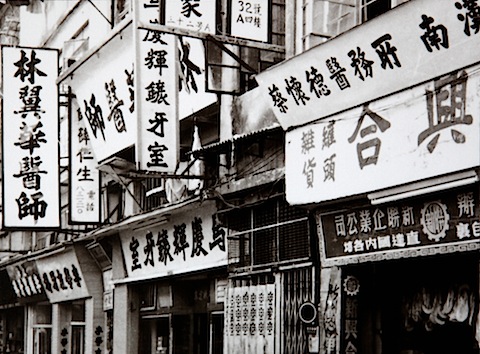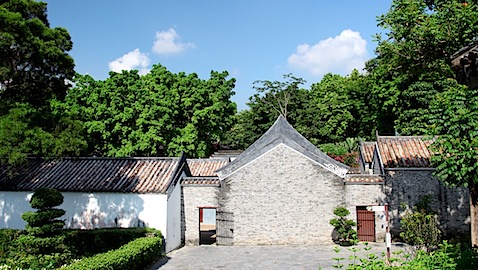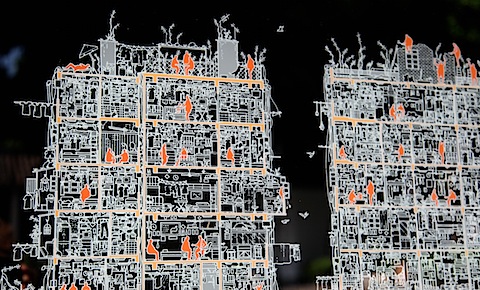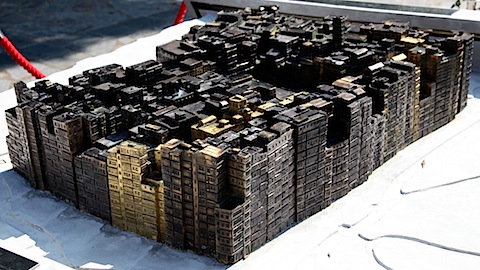It's not on most tourists agenda, but I would highly recommend that if you go to Hong Kong you check out Kowloon Walled City Park.
It's not the park that's so interesting, rather it's what used to be there.
First, some history. In 1841, the Brits took over Hong Kong Island. Understandably, the Chinese were concerned about losing more territory, so they took a small Kowloon fort (dating from 1810) and upgraded it to a walled garrison in 1847. The actual walled area was tiny; only 6.5 acres.
In 1872, the British banned gambling from Hong Kong. The enterprising gamblers simply moved across Victoria Harbour to Kowloon. It was the beginning of that city's notoriety.
In 1889, the Brits took over the New Territories and gained the land surrounding Hong Kong Island. The Chinese troops were expelled and that was the end of the rule of law in the "Walled City". Squatters moved in.
In World War II, the Japanese tore down the walls of the city and used the stones to extend the airport runway (the walled city is almost right next to the old airport).
In the 1950's, heroin boomed and a lot of it was produced in the Walled City and exported throughout the world. Along with it came strip clubs, brothels, casinos, opium dens and - tastiest of all - dog meat stalls.
Since there was no rule of law, hundreds of mom and pop factories opened up in the city. Noodles and candies were made, as well as 80% of the territories fish balls. The tallest smoke stack in the entire city was in the building; 13 stories tall, but you couldn't tell from the street.
Perhaps the oddest unregulated industry of all was dentistry. In the 1970s, the streets outside were lined with dental clinics:

From the '60s on wards, the population of Hong Kong boomed and the Walled City followed suit by building up. The whole complex was a giant network of buildings built one on top of the other. At it's peak, there were 40,000 people living in over 500 buildings on only 2.7 hectares. This entire warren was navigated by 20-30 alleys; there were only 3 working elevators and no running water (It was quite a business to sell water to residents). The tallest buildings were 16 stories tall.
There had been many attempts to tear the site down over the years, beginning in the 1920s by the Brits. In the late '80s it was finally agreed that it was time to tear the damn thing down as it was becoming a threat/embarrassment to the city. Eviction started in 1992 and in 1994 the site was torn down. Here's a shot of what it looked like before it was destroyed:

Also, a few years before demolition, a German camera crew shot a documentary about it. Fascinating:
The site is now a park and interpretive center. Where people used to shoot up, locals now do Tai Chi in the morning.

The interpretive center has a few gems in it. Before demolition, the government hired a team of Japanese anthropologists to create a cross section of the site, demonstrating what life was like inside it. Here are some shots of their drawing. Keep in mind that most of these apartments are ~200 square feet in size:


There's also a bronze model of the site which gives you a sense of how it must have stuck out from the rest of the neighbourhood:


When they were demolishing the site, the wreckers discovered that the original fort, and the cannons (from 1802) next to it, were still there. The entire city had been built around them. They've preserved the building (called the Yamen) and it's now the home to the interpretive center and the heart of the park:

Well worth a visit.